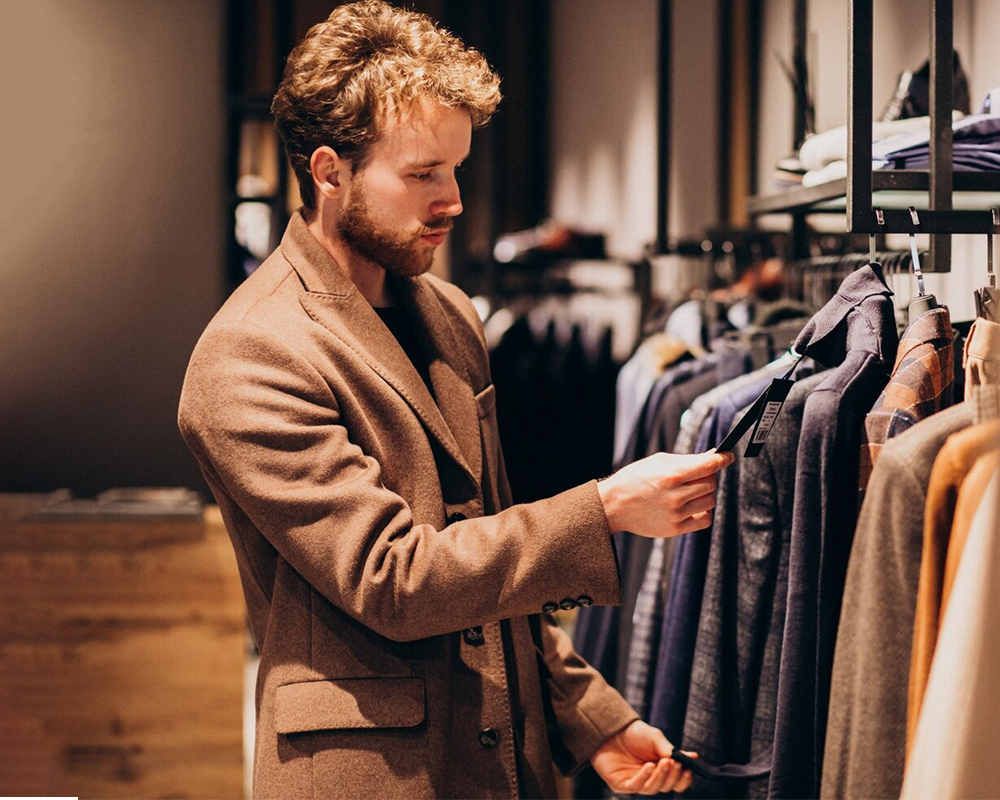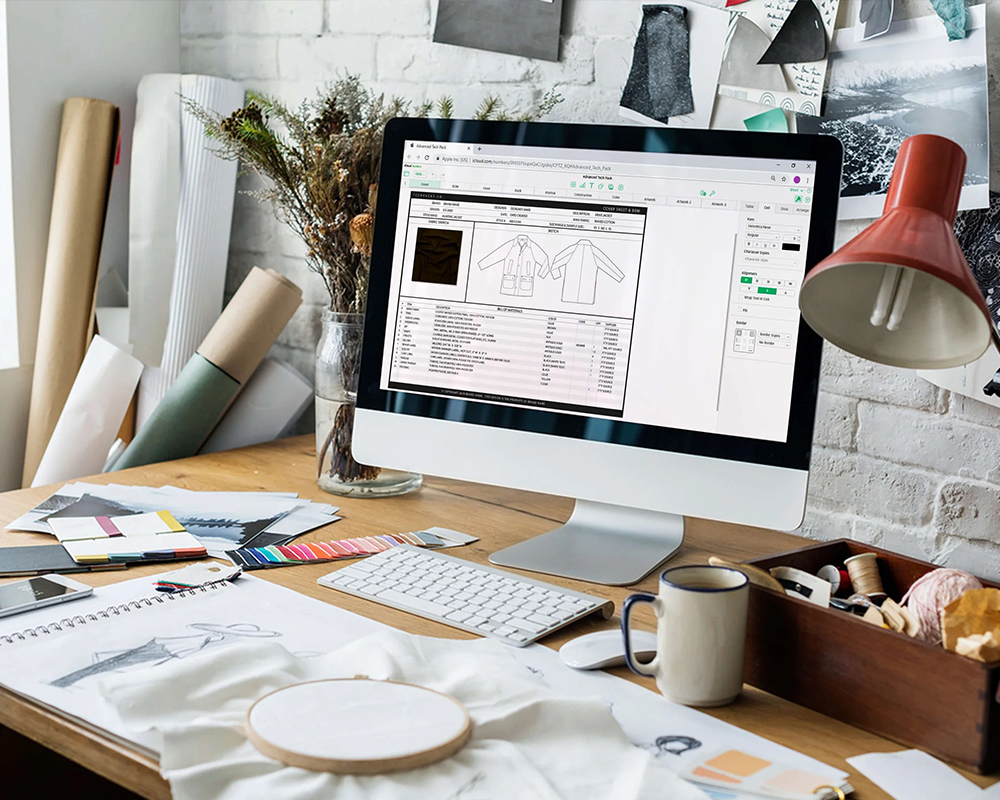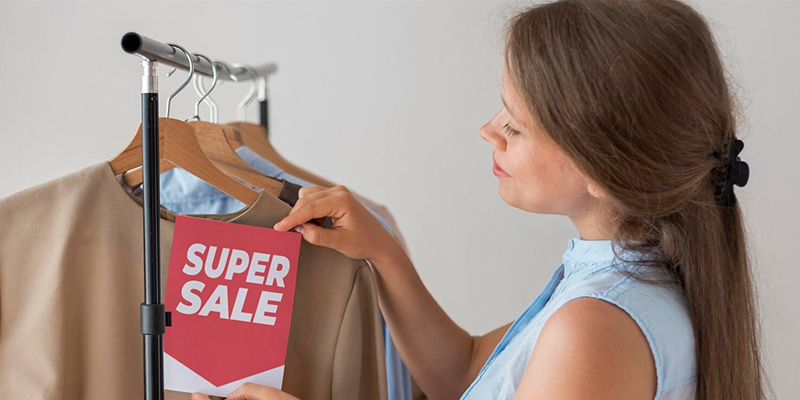
Building a private label clothing line can open doors that new entrepreneurs and even existing fashion brands never thought possible. It’s a smart, nimble way to get into fashion for the first time or add on to your current offerings without having to design and manufacture everything from scratch. But by working with the right suppliers and concentrating on quality, branding, and customer experience, you can manufacture a product line that is uniquely yours. In this guide, we will discuss what are the essentials when it comes to how to start a clothing line and then create a successful private label clothing brand, covering “need-to-know” aspects, why you need to know them, common pitfalls, and valuable strategies that can help you grow and stand out in today’s competitive landscape.
What is Private Label Clothing and How Does it Work?
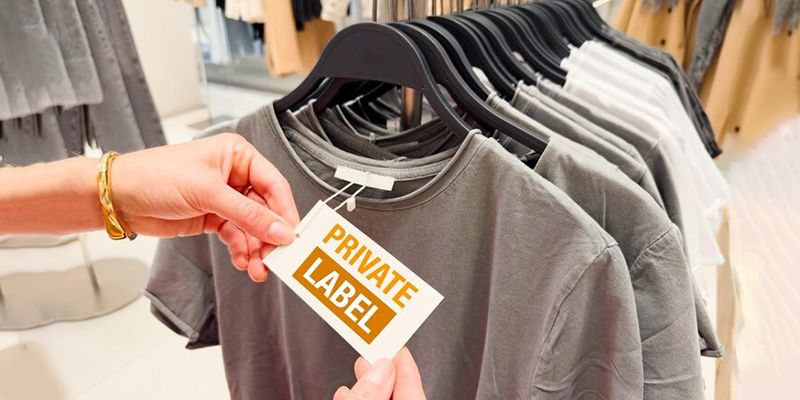
Private label clothing refers to garments made by a manufacturer, sold under your brand name. These products are manufactured by a third party but carry your business’s branding and logo. Essentially, you’re not creating the clothing from scratch, but instead, partnering with a manufacturer to personalize existing designs.
Understanding Private Label vs. White Label in Apparel
Private-label products are customized specifically for your brand, while white-label products are generic items that you simply brand as your own without any significant customization. The key distinction lies in the level of control you have over product design, quality, and branding.
Step-by-Step Process to Start Your Private Label Clothing
With a private label tag displayed in a store, representing the concept of private label branding. Clothing Line
Step 1: Conduct In-Depth Market Research
Before you dive into the clothing industry, analyze the market to understand trends, consumer preferences, and your competition. Tools like Google Trends, social media insights, and industry reports can guide your decisions.
Market research is crucial. By understanding your target audience’s buying habits and preferences, you can develop clothing that not only meets their needs but also stands out in a competitive market.
Step 2: Crafting Your Brand Identity and Message
Your brand message is what connects you to your audience. Consider your target market’s values, lifestyle, and fashion preferences when crafting your brand’s tone and visual identity. Build a brand persona that resonates with your ideal customers.
A well-defined brand identity sets you apart from competitors. Your brand should reflect the values and aspirations of your target audience, making your business more relatable and trustworthy.
Step 3: Designing Your Clothing Line with a Unique Style
Now that you understand the market and your audience, it’s time to design your clothing. Whether you want to create graphic tees, activewear, or streetwear, work with designers to develop unique products that align with your brand vision.
Step 4: Selecting the Right Private Label Manufacturer
Choosing a reliable manufacturer is crucial for your business’s success. Look for manufacturers that align with your values, offer high-quality fabrics, and have a proven track record of delivering on time. Don’t hesitate to ask for references and inspect samples before committing.
Partnering with a reputable manufacturer who has a history of delivering quality products ensures your brand is seen as reliable, which builds trust with your customers.
Step 5: Ordering Samples & Perfecting Your Designs
Once you’ve narrowed down a manufacturer, request product samples to evaluate quality, fabric, and fit. Review the samples thoroughly and adjust your designs as needed. It’s essential to ensure that the final product meets your expectations.
Step 6: Finalizing Production and Managing Costs
Once you’re happy with the samples, it’s time to finalize your production. Discuss pricing, lead times, and payment terms with your manufacturer to ensure everything is clear. Establish a budget for production, packaging, and logistics to stay within financial goals.
Step 7: Creating a Strong Online Presence and Sales Channels
Your online store is where your products will shine. Set up an e-commerce platform (like Shopify or WooCommerce) to showcase your collection. You can also consider selling through third-party platforms like Amazon or Etsy to reach a larger audience.
Having an e-commerce platform tailored to your brand and audience is essential for building trust. Seamless navigation and a user-friendly interface encourage repeat business and increase sales.
Step 8: Launching Your Brand and Marketing to the Right Audience
Launching your private label brand requires a well-thought-out marketing strategy. Use social media, influencer partnerships, and email marketing campaigns to create buzz. Ensure your website is optimized for SEO, making your brand discoverable online.
A comprehensive marketing plan that combines organic and paid strategies can accelerate brand visibility and trust. Consistency in messaging and customer interaction is key to building long-term loyalty.
How to Choose the Perfect Private Label Clothing Manufacturer
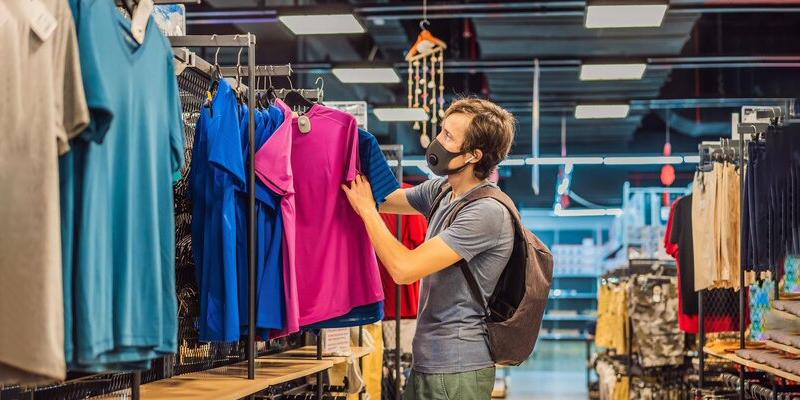
Key Considerations When Evaluating Manufacturers
Look for manufacturers that offer flexibility in production volume, meet your quality standards, and can scale with your business. Transparency, communication, and ethical practices are also key factors when choosing a partner.
Building a Relationship with Your Manufacturer
A long-term relationship with your manufacturer ensures smooth operations. Keep communication open, stay involved during the production process, and address any concerns early to build a strong partnership.
A reliable manufacturer becomes an extension of your brand. Building a transparent, mutually beneficial relationship ensures consistency in quality and delivery, which boosts your credibility in the market.
Requesting Samples: Ensuring Quality Before Production
Never skip the sample stage. Request samples from potential manufacturers to verify the product quality and see if it meets your brand’s standards. It’s important to ensure that the final product matches your design specifications.
Common Challenges in Private Label Clothing and How to Overcome Them
Handling Production Delays and Quality Issues
Delays and quality issues are common in manufacturing. Stay proactive by setting clear timelines and holding your manufacturer accountable. Always plan for some buffer time in your production schedule to avoid stockouts.
Efficient project management and regular follow-ups help avoid production bottlenecks. Being proactive ensures you meet deadlines and maintain your brand’s reputation.
Navigating Legal and Compliance Challenges
Ensure that your private label clothing brand complies with all local regulations, including copyright, trademark, and labeling laws. Consult with legal experts to avoid any pitfalls related to intellectual property or product safety.
Overcoming Branding and Marketing Obstacles
Building brand recognition can be difficult, especially in a competitive market. Focus on delivering value to your customers through unique designs, quality products, and excellent customer service.
How Much Does It Cost to Start a Private Label Clothing Business?
Estimating Your Startup Costs: Materials, Manufacturing, and Marketing
Costs can vary based on the clothing type, quality of fabrics, and order volume. Be sure to budget for production costs, design, branding, marketing, shipping, and potential overhead costs.
Setting Your Budget for Profitability
It’s important to price your products correctly to achieve profitability. Factor in all costs, including production, shipping, and marketing expenses, when setting your retail price. Offering value at a competitive price is key to driving sales.
Maximizing Profits with Private Label Clothing
Leveraging Custom Branding for Higher Margins
Private label clothing gives you the opportunity to increase your profit margins through custom branding. Add value with exclusive designs, premium materials, and unique packaging to justify a higher price point.
Managing Inventory and Avoiding Overstock Issues
Manage inventory effectively by forecasting demand and working closely with your manufacturer to maintain a steady supply of products. Avoid overstock by keeping track of your sales performance and making adjustments accordingly.
Benefits of Starting a Private Label Clothing Business
Complete Control Over Branding: Establish a strong, unique brand identity.
Higher Profit Margins: Private label products generally offer a higher profit margin than reselling branded products.
Flexibility: You can adapt the clothing to meet customer demands and current fashion trends.
Why Choose Private Label Clothing for Your Brand?
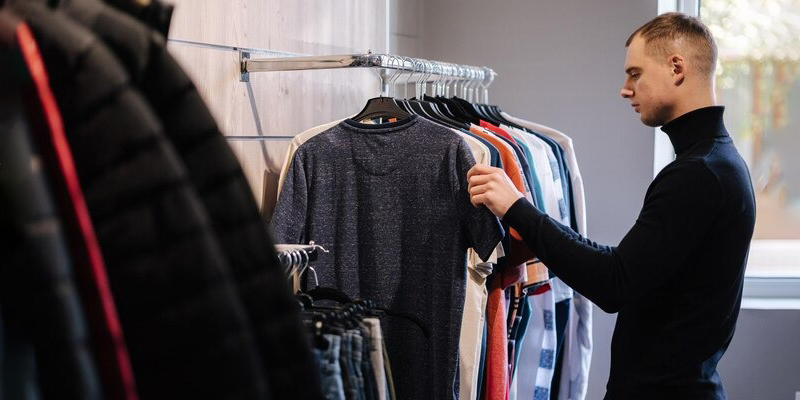
Unleashing Your Brand Potential with Private Label
Private label clothing allows you to create a distinctive brand experience that speaks to your target audience. You’re in charge of how the clothing looks, feels, and fits, which helps set your business apart from competitors.
Private Label vs. Manufacturing Your Own Clothing Line
While manufacturing your own clothing line means starting from scratch, private labeling lets you fast-track the process by working with established manufacturers. This approach helps save on both time and costs while still offering an opportunity to scale your business quickly.
Case Studies of Successful Private Label Clothing Brands
H&M
History: H&M (Hennes & Mauritz) was established in 1947 from a single shop in Sweden by Erling Persson. The brand actually began as a women’s clothing store called “Hennes,” the word for “hers” in Swedish. In 1968 Hennes was joined by Mauritz Widforss, and the name became Hennes & Mauritz (H&M).
Private label evolution: H&M was first a classical retail brand, but soon dived into manufacturing private label clothes. The plan was to sell inexpensive goods at low cost while staying current with fashion, providing high-class fashion without a high price tag. This approach also helped them address many customers.
Growth: By the 80s, H&M began designing all their collections themselves, breaking away from selling other companies’ garments and to offering private label clothing. H&M grew quickly internationally and became one of the world’s largest fashion retailers, with a strong private label offering in all fashion segments.
Zara
History: Zara was started by Amancio Ortega and Rosalía Mera in Spain in 1975. The store started as a small, fashionable retail outlet of affordable merchandise, but the owners imagined a more sustainable and economical method to fashion.
Private Label Journey: Zara began as a company that manufactured their own clothes in-house, giving them the capability to deliver fast and fashionable pieces directly to customers. Unlike its peers in the fashion industry, Zara committed from day one to making private labels. They operated every part of their business from design to manufacturing to retail, which helped them get new designs to stores much quicker than traditional brands.
Growth: Zara’s capacity to create and dispatch high-quality, affordable clothing quickly enabled it to expand globally. The retailer concentrated on in-house private label clothing brands and retained its edge by using a lean supply chain strategy, so it could quickly adjust to new fashion styles.
Everlane
History: Everlane was founded by Michael Preysman in 2010, with the goal of producing high-quality basic clothing with ethical factories for transparent prices. The brand began as a seller of basic, durable apparel like T-shirts and jeans that could be sold directly to consumers online.
Private Label Journey: Everlane was a direct-to-consumer clothing brand that sold private-label goods like T-shirts, jeans, and shoes. The brand soon became known for its dedication to transparency when it came to pricing and production, ensuring that the customer would know exactly how much it cost to produce every item.
Growth: Over time, Everlane grew its product range with a focus on creating modern, minimalist styles. They have tight control over their private label clothing because they work directly with manufacturers and concentrate on sustainable practices. Today, Everlane is a major player in the direct-to-consumer fashion world.

